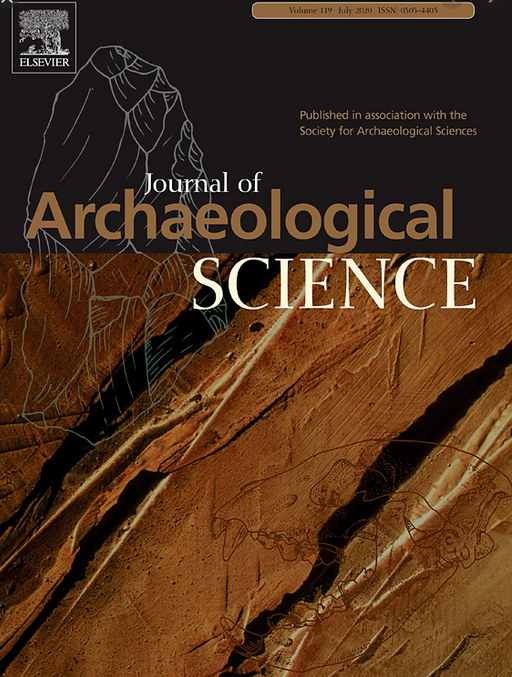Congratulations to Dr. Rick Schulting and co-authors on the publication of their paper in Journal of Archaeological Science!
Title: Subsistence shift and socio-economic response to cultural and climate changes aong north-central Iberian megalithic groups
Authors: Fern´andez-Crespo, J. Ordo˜no, R.J. Schulting
Abstract: The insufficient attention traditionally paid to the complex mortuary biographies of megalithic graves has long obscured a significant amount of synchronic and diachronic information. The Rioja Alavesa region of north-central Iberia holds a number of megalithic graves with large skeletal assemblages that can generally be ordered by internal stratigraphy and/or relatively fine-grained radiocarbon chronologies, providing a rare opportunity to assess the potential of such information. Here, we undertake stable carbon and nitrogen isotope analyses of 125 human and seven animal bone collagen samples from six late prehistoric megalithic graves (La Cascaja, El Sotillo, San Martín, Alto de la Huesera, Chabola de la Hechicera and Longar) which, together with 107 previously published Late Neolithic/Early Chalcolithic (ca. 3600-2900 BC) bone collagen samples (100 humans and six animals) from the same tombs, are used to explore subsistence trends over time. This approach provides a means to address the socio-economic response of northern Iberian megalithic communities to the cultural and climatic changes occurring in late prehistory. Isotopic data are contextualized using palaeoenvironmental and osteoarchaeological information. The results show a significant shift in diet between the late Middle Neolithic and the Late Neolithic/Early Chalcolithic that coincides with marked changes in burial practices that are likely related to the transition from mainly pastoral to mixed farming economies. There may also be a change in subsistence between the Late Neolithic/Early Chalcolithic and the following periods, suggested by differences in δ15N values between the layers of the Alto de la Huesera megalithic grave, as well as in population and funerary dynamics. By contrast, an apparent continuity in subsistence is seen, at least isotopically, from the Middle Chalcolithic to the Bronze Age, despite clear changes in beliefs and socio-economic practices. These findings support the existence of substantial asynchronous changes in lifeways and ideology among Iberian megalithic groups and challenge the traditional idea of a long and uniform stability in late prehistoric northern Iberia.
Congratulations to Rick and co-authors!


